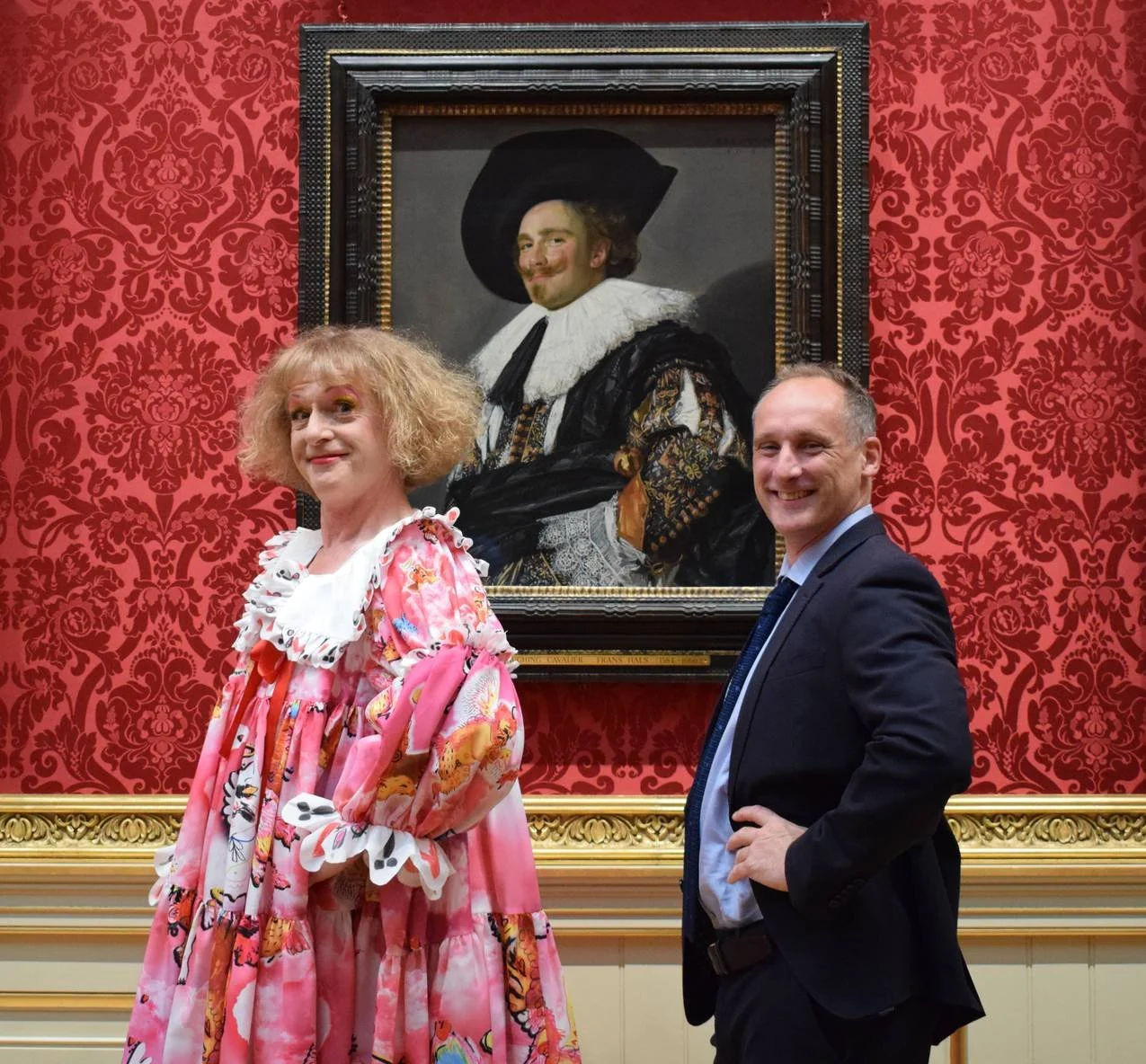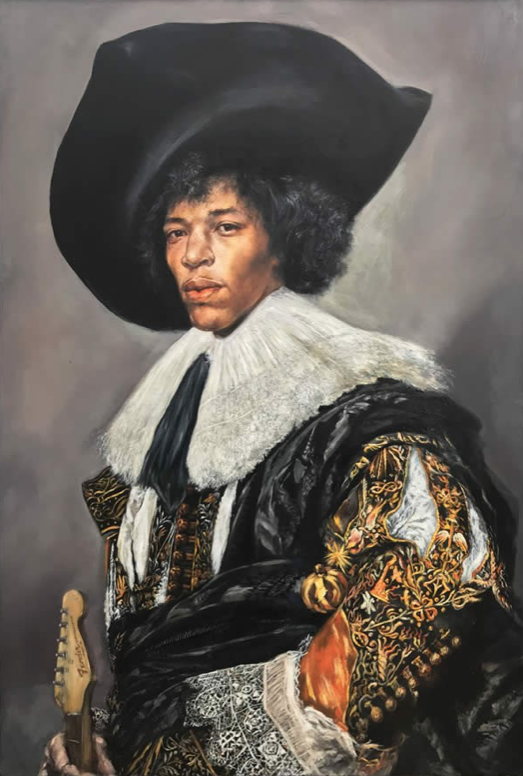Frans Hals: The Male Portrait
Frans Hals, Detail of Laughing Cavalier, 1624, oil on canvas, 83 cm × 67.3 cm, Wallace Collection, London (Image: Wikipedia)
The Wallace Collection in London has a new exhibition of male portraits painted by Dutch painter Frans Hals (1582-1666). At first glance, the exhibition might seem to be about an old white man painting other old white men. But the portraits not only showcase Frans Hals’ astonishing technique, which seems almost impressionistic, they also raise many important, surprising and perhaps uncomfortable conversations.
These portraits invite us to question cultural concepts of masculinity, and the ways in which sixteenth-century men wanted to present themselves to society through art. The specifics of cultural ideals (and depictions) of masculinity may have changed over time, but these portraits help us to better understand masculinity as an ever-shifting cultural construct. The exhibition’s multimedia guide includes a special guest commentary from contemporary artist Grayson Perry, whose own art often explores gender identity through cross-dressing and fashion. In his 2016 book ‘The Descent of Man’, Perry writes: ‘How we talk about masculinity might be just as important, if not more so, than what we say. The very idea that there is a strict set of rules needs to be chucked away. The future of masculinity is a plethora of masculinities.’ The Frans Hals exhibition offers one starting point for such conversations.
Grayson Perry and Director of The Wallace Collection Dr Xavier Bray. Photo by Billy Ward (Image: Wallace Collection)
Frans Hals, Detail of Willem Coymans, 1645, oil on canvas, 77 x 64 cm, National Gallery of Art, Washington DC (Image: art fund.org)
Frans Hals’ male portraits have also inspired contemporary artist Tam Joseph, whose Laughing Legend with Stratocaster (2013) is included in the exhibition catalogue. The painting casts legendary guitarist Jimi Hendrix’s head on the body of Frans Hals’s famous ‘Laughing Cavalier’ (painted in 1624 and star of the Wallace Collection). Joseph’s painting juxtaposes traditional celebrity and status, as seen by the seventeenth-century Dutch elite, with modern associations – embodied by Hendrix – of musical talent and fame in the twentieth century. The painting brings together Joseph’s admiration for both Hals as a painter, and Hendrix as a musician, as well as his sense of the mirrored flamboyance between Hendrix and the Laughing Cavalier.
Tam Joseph, Laughing legend with Stratocaster, 2013, acrylic on board, 60 x 88 cm (Image: tamjosephartlive)
The exhibition contains infinite stories; not only about Frans Hals as an artist, and each sitter, but also about a disturbing and pivotal moment of European wealth gained from colonisation and slavery. Among the portraits is the face of wealthy Dutch cloth merchant, Pieter van den Broecke (1585-1640). As a young man, Van den Broecke joined the Dutch East India Company, and he eventually became its chief-tradesman and admiral. In 1621, he was heavily involved in the Dutch spice trade monopoly on the Banda islands, which saw the slaughter and enslavement of the Bandanese inhabitants; so many were killed on Banda that the island had to be deliberately re-populated. The Banda conquest marked the beginning of the first overt colonial rule in Indonesia. Van den Broecke was friends with Frans Hals, and had this portrait painted upon his retirement (signified by his gold chain) from the Dutch East India Company. With the hint of a smile on his face, and his hand on his hip, the portrait exudes an air of relaxed confidence which sits uncomfortably alongside our knowledge of this man’s blood-stained past (and the terrible mass suffering on which his wealth was built).
Frans Hals, Portrait of Pieter van den Broecke, c. 1633, oil on canvas, 71.2 x 61 cm, Kenwood House, London (Image: Web Gallery of Art)
Watch curator Dr Lelia Packer’s online introduction to the exhibition ‘Frans Hals: the Male Portrait’ here. The exhibition will be running until 30th January 2022 at the Wallace Collection in London.




